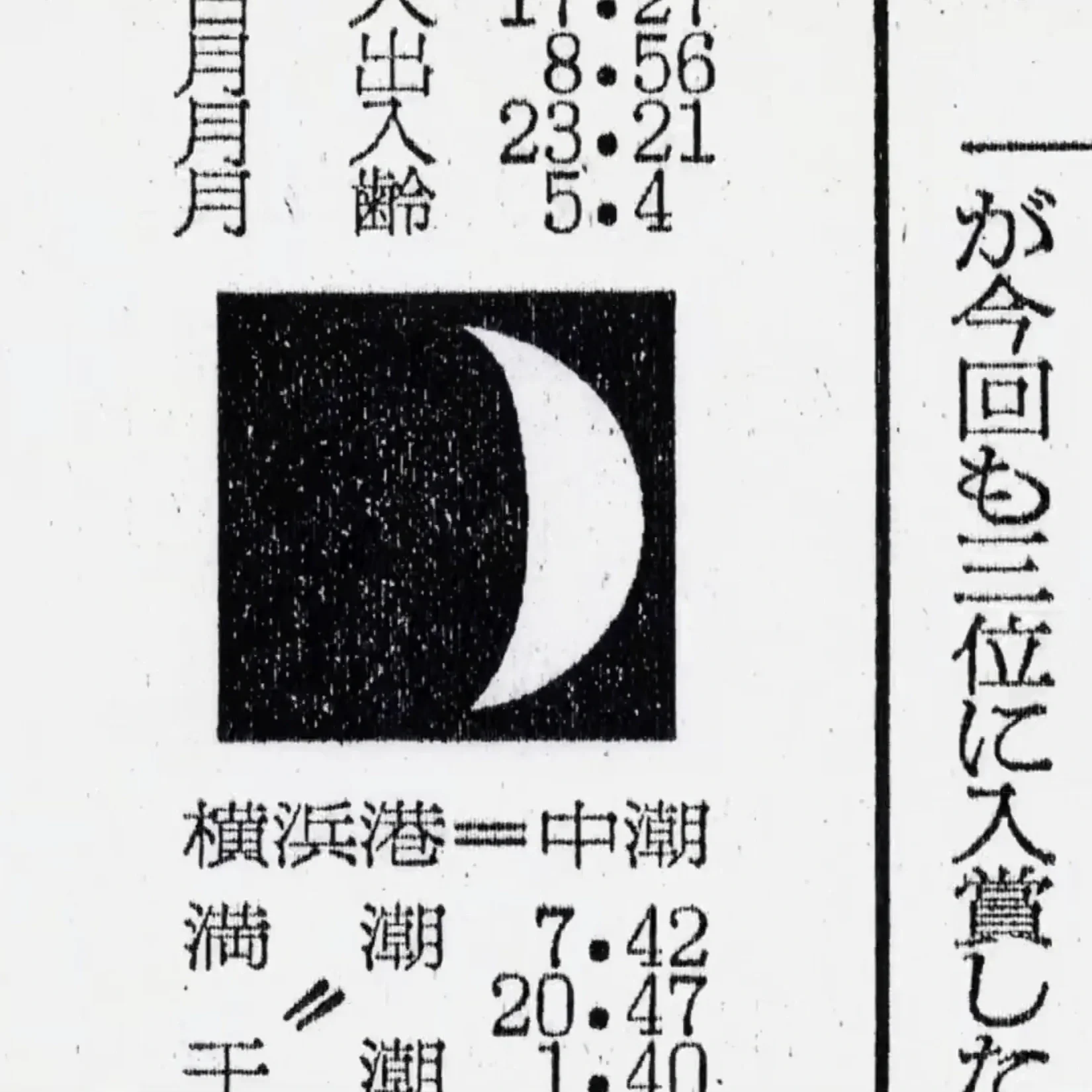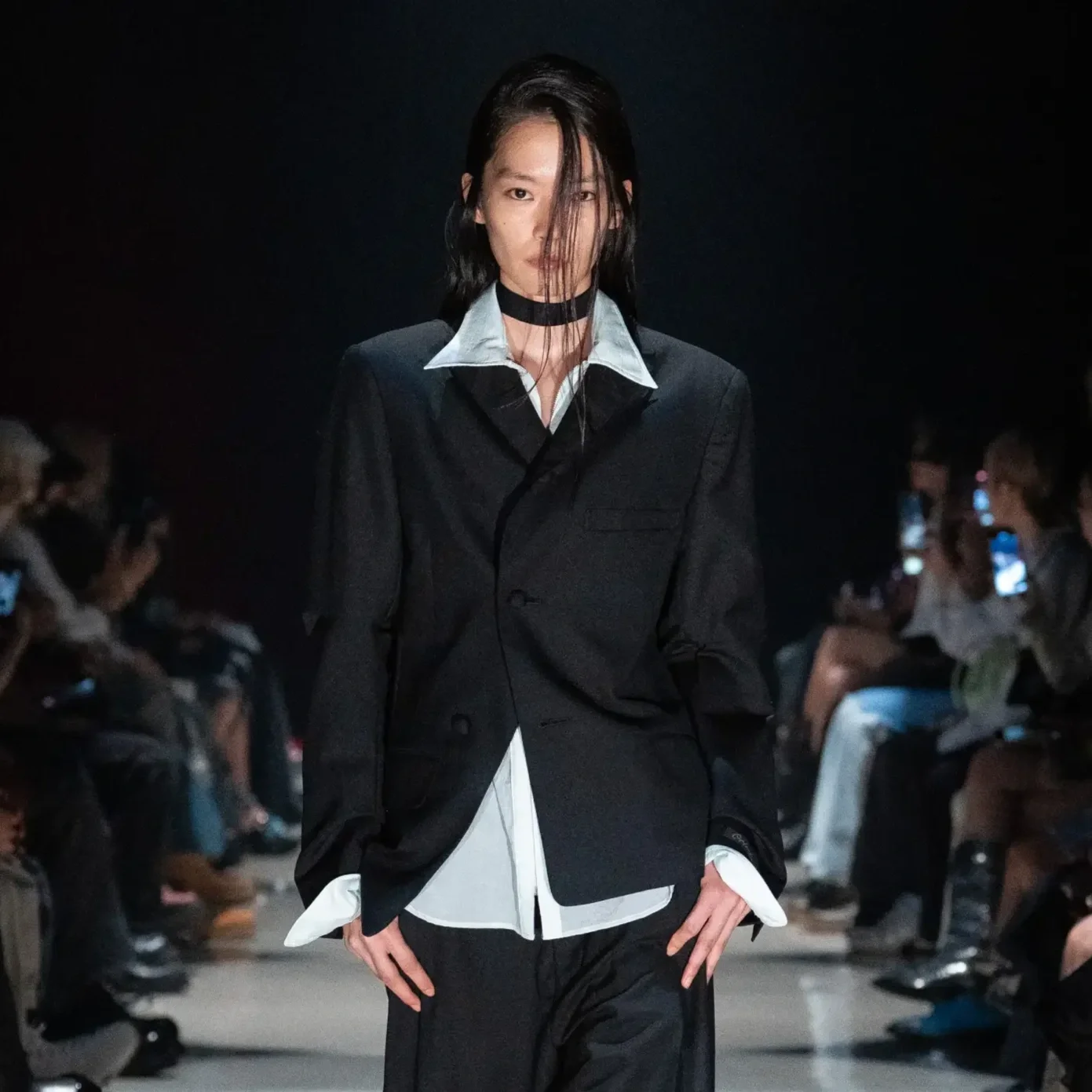The Beautiful Brutality of Japanese Female Pro-Wrestling
Mizuki (Kaminade)
Korakuen hall is without doubt, the most famous combat sports venue on the planet. Far from an all purpose arena like its western equivalent, Madison Square Garden, Korakuen hall is specifically designed to host combat sports. From the prestigious K1 kickboxing promotion to the lesser known International Lethwei Federation Japan, the arena is no stranger to large sporting events.
However there is one sport in Korakuen hall whose title fights are like no other, incorporating costuming, props and multi-competitor matches, that sport being Professional Wrestling. Japan’s professional wrestling scene is huge, with both the male and female promotions having turnouts in the tens of thousands. In recent years, through the advent of social media like TikTok, Japanese Female Pro-Wrestling has permeated the western zeitgeist, and while it operates currently as a niche within a niche, its rising popularity means it's just a matter of time until it explodes in the west.
A Succinct History of Early Joshi Puroresu
Joshi Puroresu (助詞プロレス), often shortened to Joshi is the female only sport of Professional Wrestling that started in Japan in the late 1960’s. The first official promotion was the All Japan Women's Pro-Wrestling Association which started production in 1955, following the success found in Japan from a worldwide tour from the WWWA. After this initial promotion suffered due to in-fighting from executives, likely due to the success of Pro-Wrestling in America being tied to the hypersexual voyeuristic frameworks established by organizations like WWE and WWF and how the organization strived to move away from that image, a new and, much more successful promotion was started, the All Japan Women's Pro-Wrestling Federation or AJW for short. The NWA (National Wrestling Alliance) Champion Mary “The Famous Moolah” Ellison came over to Japan to trade her title with up-and-coming wrestler Yukiko Tomoe in an effort to give the promotion an initial burst of press, but also a long lasting legitimacy.
AJW began gaining traction in the 70’s due to its championship matches. The organization worked closely with other American Pro-Wrestling federations in order to have title matches be a cross-continental event. The matches were, more often than not, a showdown between a Japanese face and an American heel. For those unacquainted with wrestling, the face is normally what would be considered the “protagonist” of a wrestling storyline, and they will work their way through the ranks until they come face to face with the heel, a wrestler who’s persona would be evil and ruthless.
The promotion showed a great deal of commitment to Japanese National Identity in this sense, more often than not having the Japanese wrestler being the face. In the early 70’s, the belt would change between heels and faces frequently, the tag team belt changing hands over 50 times in 4 years. However by the mid-70’s, Joshi had become more of a mainstay home, and the public wanted the Japanese wrestlers to be the ones on top.
This change in attitude was likely brought on due to the increased success of their new flagship champions, Mach Fumiake in the singles category, and as a tag team, Maki Ueda and Jackie Sato of The Beauty Pair. After winning the belt in 1975, it took a non-Japanese wrestler 4 years to overtake Fumiake, that being The Monster Ripper, Rhonda Ann Sign.
The Beauty Pair
The Golden Era and The Crush Gals
After the rise of AJW in the 70’s the promotion was looking for new talent, and with that, new angles for promotion. Their fresh signings in the late 70’s and early 80’s would eventually lead to what is largely considered the golden era of AJW, sworn in by the newly established and immensely popular tag team duo, Chigusa Nagayo and Lioness Asuka of The Crush Gals. These two wrestlers marked a change in identity from the early popular tag duos, as The Beauty Pair were largely focused on beauty and glamour, The Crush Gals were bold, electric and most importantly, dominant in the ring. Only a year after being signed as a pair in 1984, Crush Gals would dominate their early rivals The Dynamite Girls, skyrocketing both them and AJW into the mainstream.
After some external music collaborations, the duo needed a larger heel to push their career forward, and so AJW set up the rivalry between them and the popular heel Dump Matsumoto. Dump Matsumoto would have a gang of wrestlers to help her in her matches against the duo that would eventually be known as the Atrocious Alliance. The Atrocious Alliance's inclusion into The Crush Gals story was the final push they needed to solidify them as some of the most popular wrestlers of all time, not just in Japan, but worldwide. Their matches would often times draw in over 12 percent of the entire Japanese viewing audience, and analysts have estimated that the popularity of the duo domestically was the equivalent of household names like Hulk Hogan in America.
However The Crush Gals iron grip over the industry had to end eventually. The duo had assuredly found success together, but in a bout for the title, Nagayo was pitted against Asuka in what is widely regarded as one of the best Japanese wrestling matches of all time. This led to a more popular rivalry storyline for the once allied girls, and while they would team up from time to time, after 1986, this became relatively sparse. They both would hold the title for a period in 1988 and 1989, and after their last tag match against The Calgary Typhoons, the pair would retire that July. But this would not mark the end for the pair, as they would both come out of retirement to fight under a new promotion, GAEA in 1995. This stint would be short lived, as GAEA would be shut down in 2005 along with AJW.
GAEA Girls
The GAEA promotion was set to succeed due to having such large star-power names like Nagayo and Asuka come out of retirement to wrestle for their promotion, along with other guests like Meiko Satomura. The Crush Gals would reinstate their duo and garner widespread success for their “victory tour” of professional wrestling, however the duo that led to the initial success of GAEA, would also be part of its biggest controversy.
It would be disingenuous to say that the 2000’s documentary “GAEA Girls” was in any way responsible for the promotion shutting down, or viewed as controversial during its domestic release, but with the global nature of the internet, the documentary has led to some discourse in the west. The film follows Chigusa Nagayo, who in the twilight of her career has become a coach and helps the next generation find their footing in the GAEA promotion. It details her relationship with her pupil Saika Takeuchi, who is testing to see whether she has the skills necessary to debut as a pro-wrestler.
The cynosure of the film is the brutal training methods the prospects are put through at the gym, as Nagayo treats Pro-Wrestling as if it were a contact sport in the same vein as Muay Thai or Mixed Martial Arts. Throughout the film Takeuchi suffers beating, beratement and major injury during training, and is brought to tears multiple times. She does, although, achieve her dream of debuting, her debut match being against her secondary coach and notable GAEA alum, Meiko Satomura.
The brutal nature of the industry and the method of coaching shown in the film was representative in the west of the exploitation and brutality found in the performing arts industries, and featured aspects similar to other famous expose’s of the dance and acting industry. Toward the end of the film, Nagayo has a confessional, where she details how much she struggles with her own method of training, lamenting that the care she has for the girls in her gym is that of a mother to her daughter, and that she constantly wonders if she is doing the right thing.
She goes on to explain that her coaching method is only in place as it was the thing that worked for her, her father pushing her in the same strict way that she pushes her students led to her being one of the two most famous wrestlers of the 1980’s. The sad truth of the documentary is that despite the hardships that Takeuchi faced, her career was that of a jobber, a wrestler who is designed to lose. Over her 70 matches in her career, Takeuchi won only 8, her debut year having only a single win.
Joshi Puroresu’s Current Queen
Whilst the golden era of the 1980’s is largely put to bed with the defuncting of AJW and GAEA, Joshi Puroresu has never been in a better place on the worldwide stage, thanks to one woman in particular, Kaminade Mizuki. Trained by AJW tag-champion Takako Inoue, Mizuki was the TJPW Tokyo Princess Cup winner and the Gatoh Move Pro-Wrestling tag champion, amongst other accomplishments. Mizuki exploded in popularity in the domestic scene due to the juxtaposition in her Moe outfit and appearance and her explosive and dynamic wrestling style.
She exploded on TikTok due to the high energy stills taken from her match, that show her in high aerial positions, dominating her opponents. Mizuki’s signature moves Rolling Candy and Diving Footstomp garner huge reactions due to their flashy nature and incorporation of the ropes. They both have long build up and huge payoff, Rolling Candy being particularly reminiscent (in set-up) of John Cena’s famous Five Knuckle Shuffle.
However Mizuki’s style of wrestling illustrates, on a deeper level, the change that the industry has undergone as a whole, and her success is very different from the success of older wrestlers like Lioness Asuka or Chigusa Nagayo. Pro-Wrestling, in today's day and age, is largely viewed with a more self aware lense, and a higher degree of suspension of disbelief. The widespread reveal, and subsequent acceptance in the 1990s that the industry was largely scripted led to a change in the dynamics of pro-wrestling as a whole, the relationship between the audience and the wrestler has now changed.
The awareness of a narrative doesn’t harm the industry however, and Mizuki is a perfect example of this. Her signature Rolling Candy is a move that requires more overtly visible cooperation from her wrestling partner than other famous moves like Randy Orton's infamous RKO. For Rolling Candy, her opponent basically has to catch her in the air, something a person who was aiming to win the match would never have to do. However the new dynamic of self-aware wrestling allows for flashier, more cooperative moves like this, and leads to a flashier atmosphere overall. Mizuki is a wrestler who could only succeed in the current day due to the boisterous showmanship of her signatures, and her symbiotic relationship with current Professional Wrestling norms is what I believe has led her to her current fame.








The anarchic tribute that brings tokusatsu back from cultural oblivion.